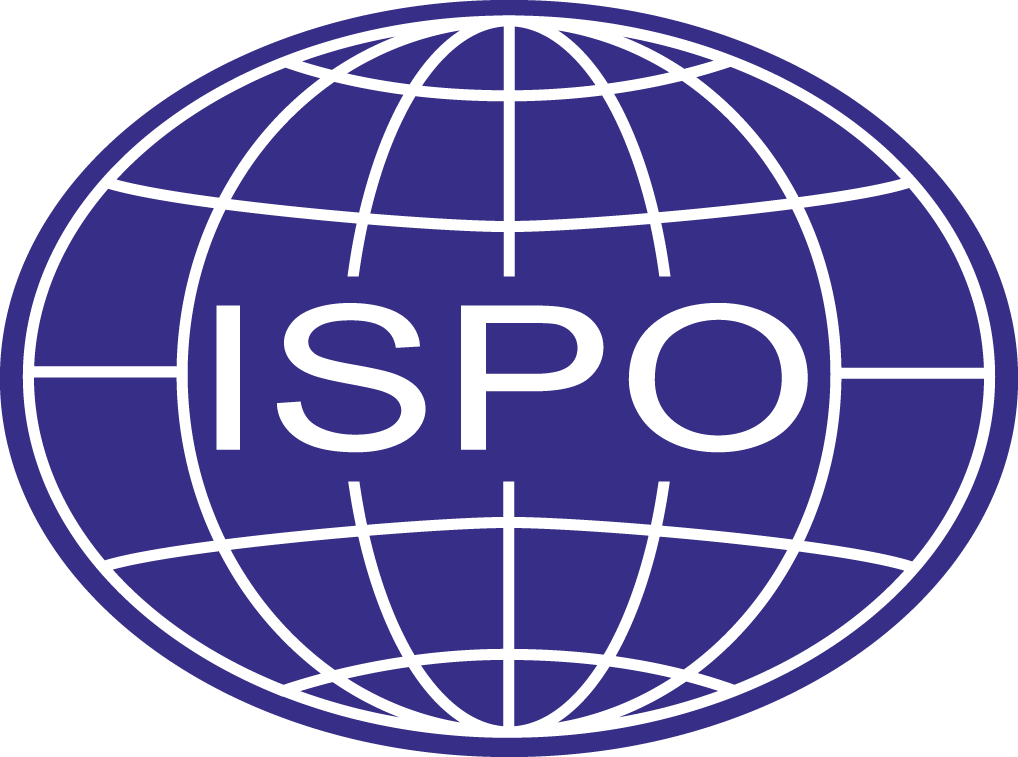
3.01 Phantom motor execution treatment using augmented and virtual reality to relieve phantom limb pain
- 24/04/2023 | 1:15 PM - 2:30 PM
-
Guadalajara 2, Ground floor
Description
Abstract
Phantom limb pain (PLP) remains difficult to treat, despite a huge number of available treatments. About 30-80% of persons with a limb amputation experience PLP, which can have a major impact on daily life functioning. The Phantom Motor Execution (PME) program, developed by Prof. Max Ortiz Catalan and his team, uses phantom exercises in augmented and virtual reality to treat PLP. The patient sees himself through a webcam on a computer screen, where a virtual limb is projected over their stump. Electrodes on the remnant limb are used to control the virtual limb. In this way, the patient (re)learns to move his phantom limb, which in turn reduces PLP. A recent international randomized controlled trial into the effectiveness of the PME treatment showed that six months after finishing the treatment, half of the participants still had significantly less PLP. This treatment has since then been improved by using Phantom Motor Imagery (PMI) to facilitate phantom movements prior to execution, as well as by incorporating sensory training using a tactile display. Since this treatment might be an interesting addition to current treatment methods for many rehabilitation teams, we propose an instructional course to demonstrate the PME treatment. The first part of the instructional course will cover theoretical aspects and quantitative and qualitative research results, followed by an explanation of the different parts of the treatment. The second part of the insctructional course will be a live demonstration of the treatment.
Statement of the objective / learning objectives
Participants will learn about theoretical aspects of PLP, they will learn about the content of the novel PME treatment and how they could apply this to their own clinical practice.


